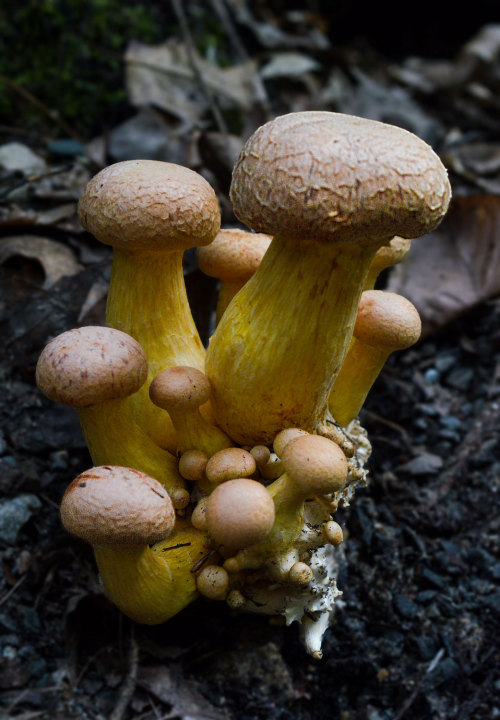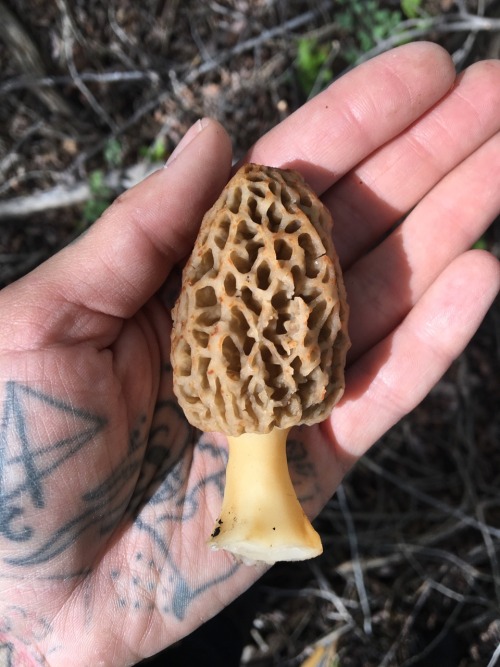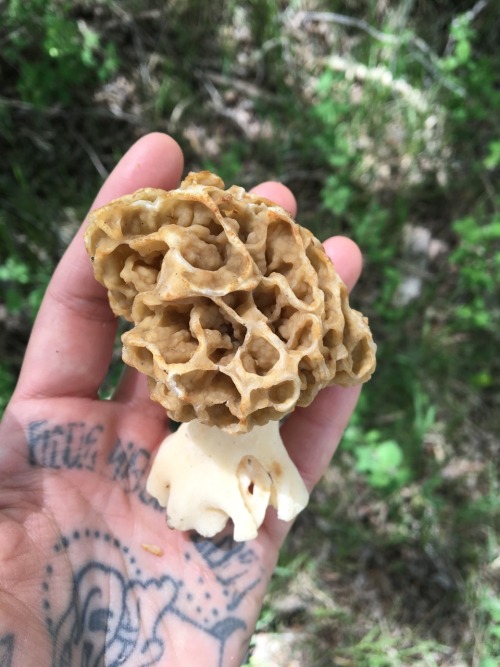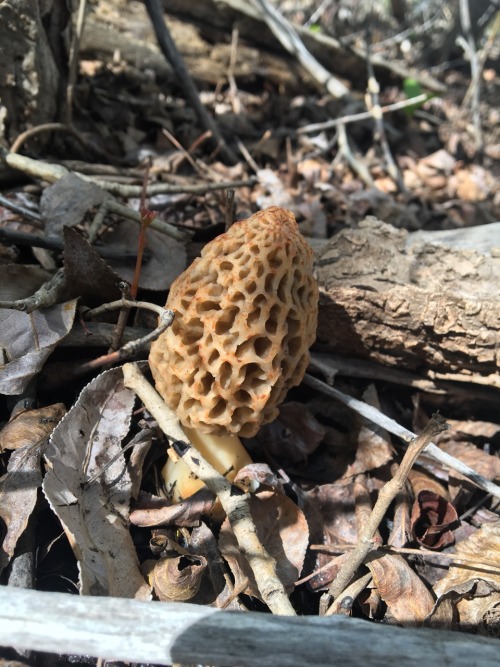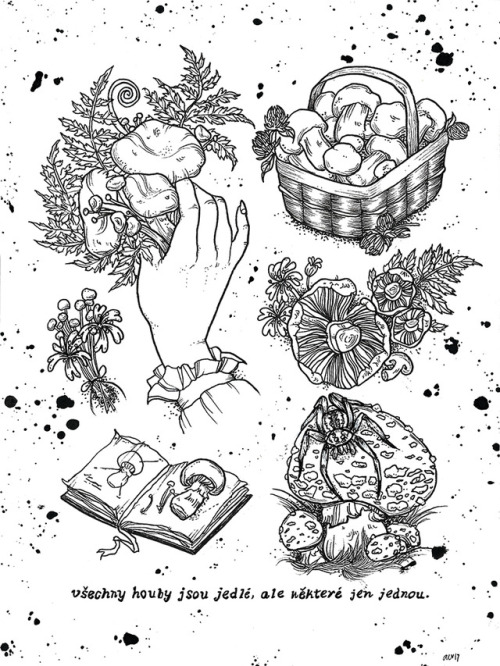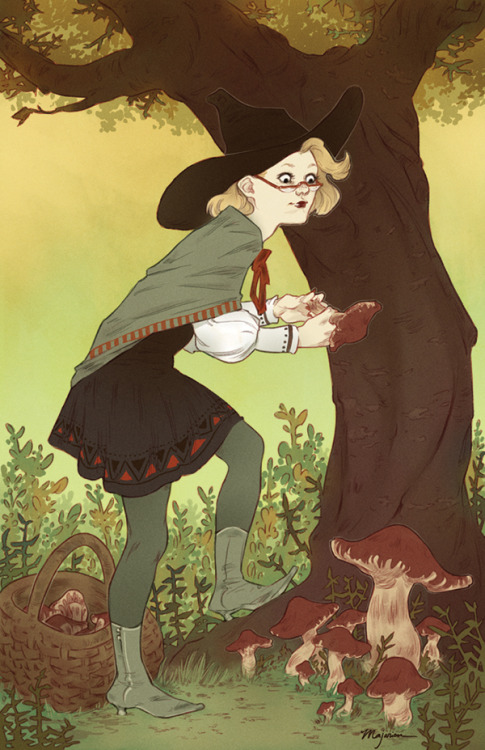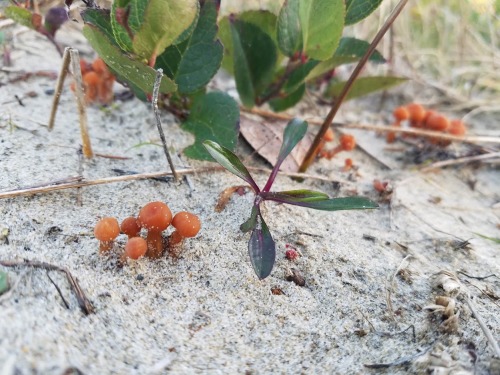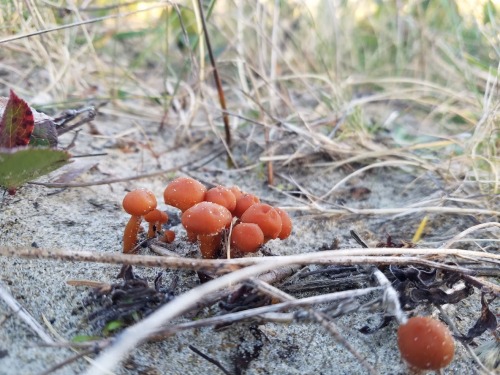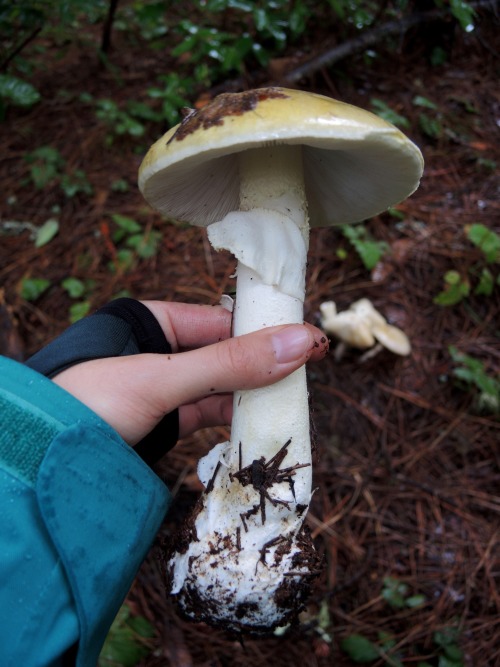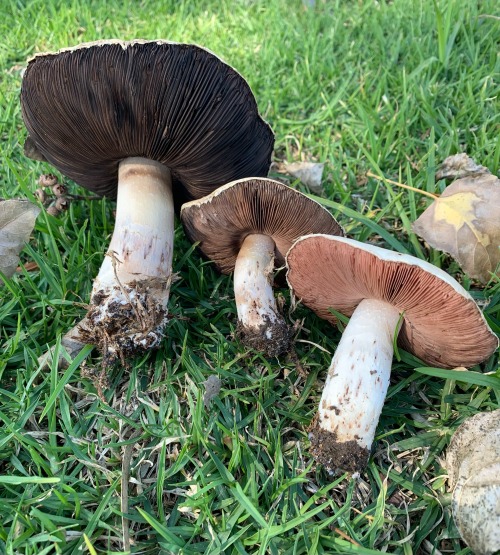#mushroom hunting
The Big Laughing Gym - ( Gymnopilus junonius )
This species was formerly known as Gymnopilus spectabilis
As you can see in the pictures I cut the biggest mushroom in the cluster out when they were immature to bring home to identify. I then returned after three days to take photographs of the mature mushrooms…. and maybe…
This mushroom can easily be mistaken for the dreaded Jack O Lantern mushroom. The woman who wrote Sensual and Amusing: An Ideal Combination (personal experience #2) (at bottom of this page) calls the Jack O Lantern mushroom mildly toxic. It’s not deadly, but it is definitely a mushroom you do not want to ingest! It will put you through the ringer for a few days! The Jack O Lantern mushroom has a nice look and a pleasant smell. So you have to be aware of this particular mushroom so you won’t be fooled. The Big Laughing Gym has a veil, the Jack O Lantern does not. The veil is a membrane that covers the gills when the mushroom is young (2nd picture). As the mushroom gets older the cap opens up exposing the gills leaving a ring on the stem. The Jack O Lantern has a cream white spore print and the Big Laughing Gym has an orange to rust color spore print (last picture).
I urge you to read about the two personal experiences of the authors detailed in the links below.
Lookalikes: Honey Mushroom (Armillaria mellea) is honey-colored with a white spore print. The Ringless Honey Mushroom (Armillaria tabescens) is honey-colored with a white spore print, and has no ring. Jack-o’-lantern (Omphalotus illudens) lacks a veil and has a whitish-cream spore print. Deadly galerina (Galerina autumnalis) is smaller and browner.
Description: Large, clutered, yellowish-orange mushroom with ringed stalk; on wood.
Gills: attached, crowded, narrow to moderately broad, pale yellow to rust.
Big Laughing Gym info… (personal experience #1)
Geography: North Eastern US (Virgina and north) / Japan
[Also found in Western US, however for some reason the western varity is not psycoactive enough to be considered for consumption (besides, you guys out west have enough fun mushrooms growing wild)] ;)
Sensual and Amusing: An Ideal Combination (personal experience #2)
While enjoying a pleasurable evening walk on my property, I stumbled across a clump of large, orangish mushrooms. I was initially inclined to dismiss them as Jack O’ Lanterns, a beautiful yet mildly toxic (and certainly not psychoactive) mushroom common to my area. However, upon having a closer look, these particular mushrooms did not possess the typical characteristics of Jack O’ Lanterns, and more so resembled Gymnopilus. I decided to collect a few of the caps and bring them home for a spore print, in a hopeful attempt to confirm them as Gymnopilus Junonius.
All Photographs by Gary Cremese
Post link
log petals




Half petrified false turkey tails. The predominant decor on last weekend’s hike. Something is going on with that last one. Weird.
Although they are growing alongside moss, their green shading comes from algae inhabiting the inactive zones of the mushroom.
Stereum ostrea. 12.19.21
Harvesting and cooking Morel Mushrooms by GuideYouOutdoors
“While cleaning up trash around my campsite in the morning I stumbled across a spore trail of morel mushrooms.” -GuideYouOutdoors…
This is my entry for Allison Ranieri’sCoven: A Witchy Zine. Once I’d finished the lines I found out I’d accidentally hit ‘back’ one too many times early on and reduced the image size down… so I had to blow the lines up and trace over them. Got there eventually!
Coming to Kickstarter August 2017
Post link
These little mushrooms, probably a Laccariaspecies, seemed perfectly at home in the sand at Dune City, Oregon!
Post link
A really big Helvella vespertina, or grey elfin saddle! This is the North American analogous species to the European Helvella lacunosa. Some mushroom hunters collect these for their edible caps (the stem is inedible), but they’re generally not regarded as choice. Like with all mushrooms, this one should never be eaten raw, either, because it can cause GI upset if not properly cooked.
Post link
Cute little alpine jelly cones, aka poor man’s gumdrops, Guepiniopsis alpina! I haven’t found this fungus often in the Cascade foothills, probably because it’s a snowbank mushroom and tends to grow at higher elevations. It falls squarely in the category of “you can eat it, but why would you.”
Post link
Nighttime mushroom identification using Mushrooms of the Redwood Coast
Excited to learn a little more about mushrooms every day!
Post link
A great example of notched gill attachment. The way the gills are or are not attached to the stem is a notable feature for reaching a species identification. This is Tricholoma fracticum
Post link
Hi mushroom Tumblr, I need help. What are these? I’ve tried using ID apps to no avail (it claimed it was Chicken of the Woods but this doesn’t look anything like it).



